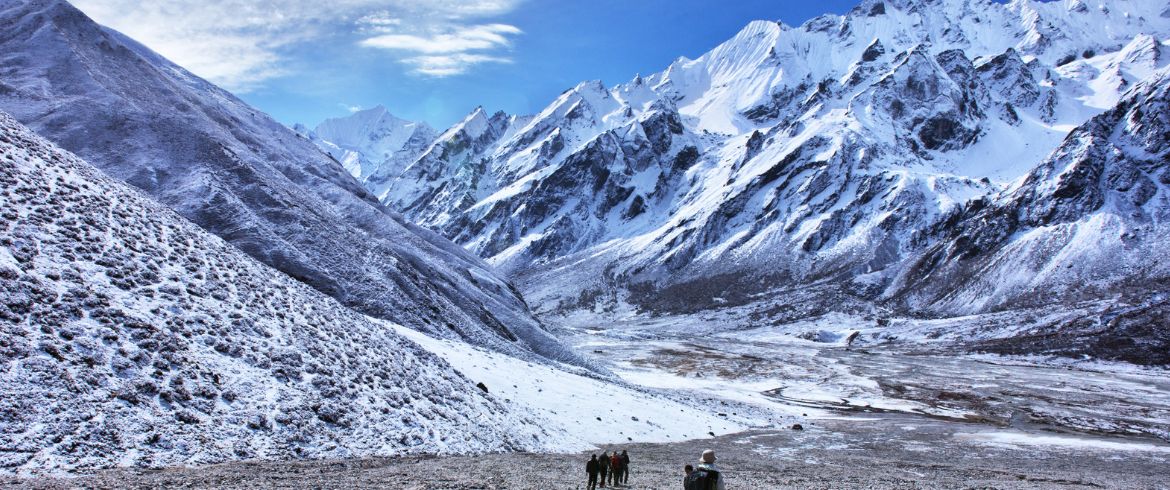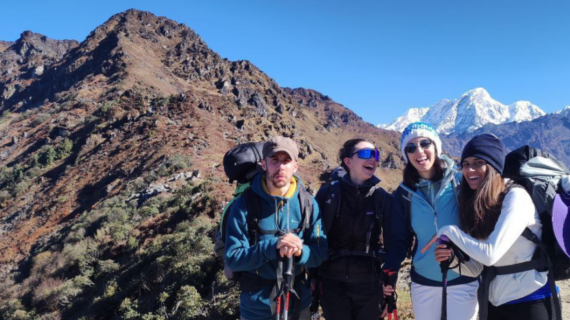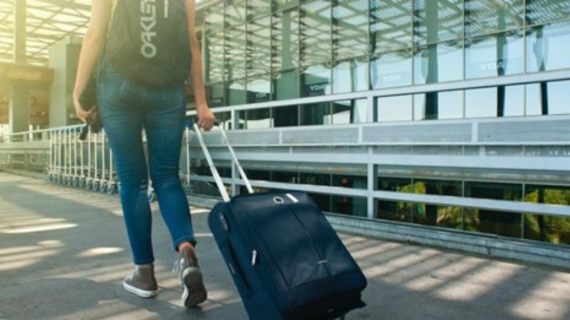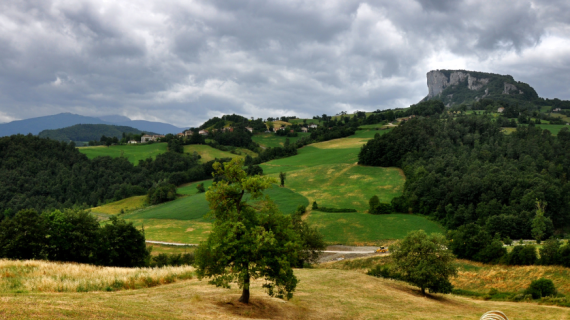Trekking in the Himalayas isn’t just about physical challenges or the mountains; it’s about culture, exploration, and creating an everlasting memory. One of the best, easiest, and most accessible trails is the Langtang Valley Trek.
The Langtang Valley Trek stands out among famous trek routes in the Everest or Annapurna regions for its serene landscapes, authentic Tamang culture, and proximity to Kathmandu. However, while you enjoy its beauty, it’s important that you trek responsibly.
Sometimes, it might feel like nothing, but our small, irresponsible actions can disturb this fragile ecosystem. That’s why being a responsible trekker on the Langtang Valley Trek isn’t optional; it’s essential.
So, how can you be a responsible trekker while you immerse and enjoy to the fullest in the midst of Himalayan giants?
Why Responsible Trekking Matters
Apart from animal husbandry and agriculture, tourism is a major source of income in the Langtang region. However, with the growing number of tourists, the use of local resources also increases.
Overuse of firewood, plastic waste, and cultural insensitivity are some of the challenges the valley faces. Therefore, by trekking responsibly, you not only contribute to the positivity of the community but also ensure the preservation of its pristine ecosystem.
Every small choice matters: where you stay, what you eat, the route you take, and how you manage your waste all contribute to sustainable trekking and the protection of local heritage.
Ways to Be a Responsible Trekker in Langtang Valley
Being a responsible trekker doesn’t require much effort. Just being mindful and respecting the route is enough.
Here are a few ways to be responsible trekkers in Langtang Valley and throughout the rest of Nepal’s trekking routes.
Respect Local Culture and Tradition
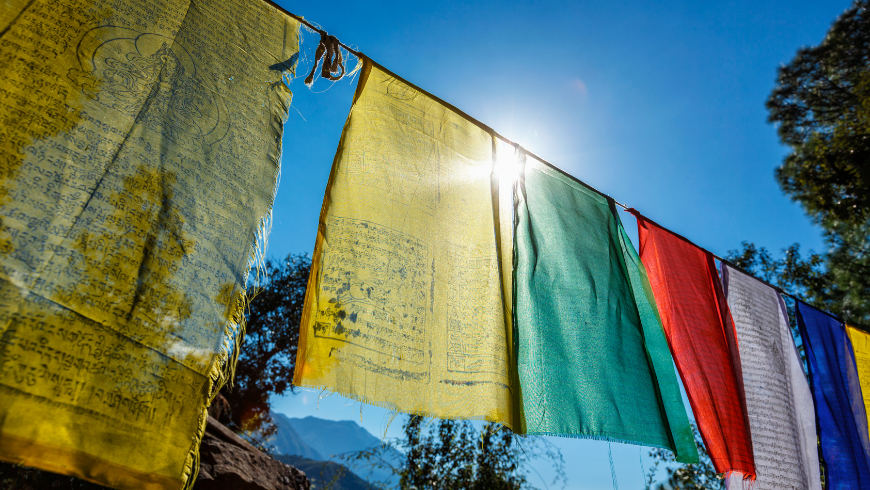
The Tamang and Sherpa communities in Langtang follow Buddhism, culture, and tradition influenced by Tibetan culture. They are the humblest and friendliest you’ll find here.
So, it’s important that you respect their culture. You’re expected to dress modestly in villages and monasteries. Likewise, while you visit temples or stupas, always walk clockwise, with this sacred monument on your right; walking anti-clockwise is considered disrespectful.
Similarly, always ask for permission before photographing people and their homes, and monks and monasteries.
A simple gesture, a “Namaste” with a smile, helps you build a connection with the locals.
Support Local Economy
Stay in local teahouses, buy local products, and eat locally.
By staying in the family-run local teahouses, you aren’t just supporting the teahouse owner, but are supporting the overall idea of teahouse trekking.
These cozy teahouses give you the chance to experience daily life, taste authentic home-cooked cuisine, and directly contribute to the well-being of the host families. Choosing local services ensures your money stays in the community.
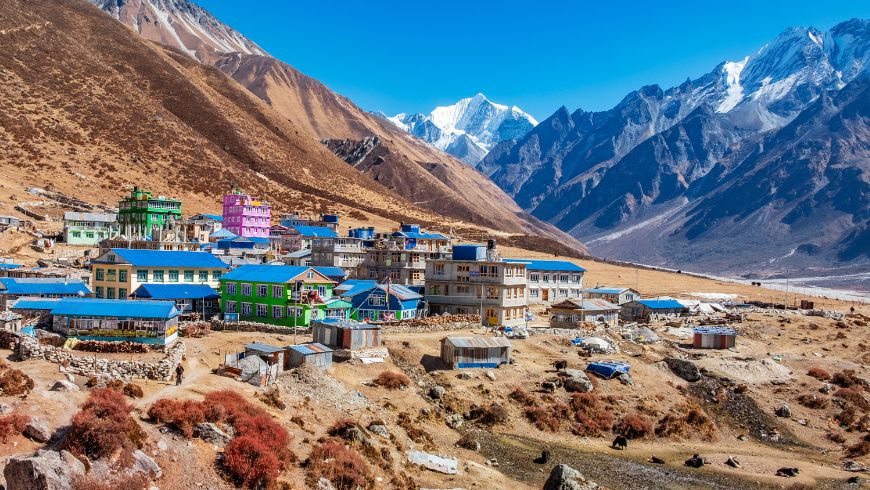
Minimize Plastic Usage
As single-use plastics are a growing concern globally, it has affected the trekking regions, too. Small pieces of plastic can be seen throughout the trail.
As a responsible trekker, it is our responsibility that we use plastic items as minimally as possible. Instead of buying bottled water, you can carry a reusable water bottle and a purification system, which most of the trekking companies like Himalayan Masters offer as a complimentary service.
Likewise, carry your waste back and dispose of it properly, follow the “Leave No Trace” principle. Try avoiding packaged snacks, and purchase locally made food.
Though it might seem simple and significant, in the long term, it will significantly reduce plastic usage.
Trek With a Local Trekking Company and Hire a Guide and Porter
When you book your Langtang Valley Trek, choosing a responsible agency like Himalayan Masters is crucial. These agencies must be and are responsible for sustainable trekking.
They are partnered with local guides and porters, ensuring fair wages and opportunities. These local guides and porters not only enhance your trekking experience with insight into local culture and geography, but also ensure your trek is safe, enjoyable, and comfortable.

Do Not Disturb Wildlife
Langtang is home to several rare and elusive animals like the red panda and the Himalayan Tahr. It is also famous for bird watching.
Observe them from a distance and avoid feeding them. Human interference or feeding can alter their natural behaviour. Additionally, they might fall sick or vice versa.
Stick to the standard trekking trail; do not wander off. Doing so is dangerous for both the trekker and the animal.
Furthermore, in case you encounter wildlife en route, let them pass by; all you can do is be amazed by their beauty.
Final Thoughts
Langtang is a place to witness the magnificence of the Himalayas and explore yourself. You are not just rewarded with jaw-dropping views, but also with cultural immersion.
You get to experience the authentic Tamang culture, rare wildlife, taste local cuisine, and interact with the locals. At the same time, it is important that you respect them and their culture.
From packing wisely to being responsible on the trek shows not only what you are doing but who you are.
